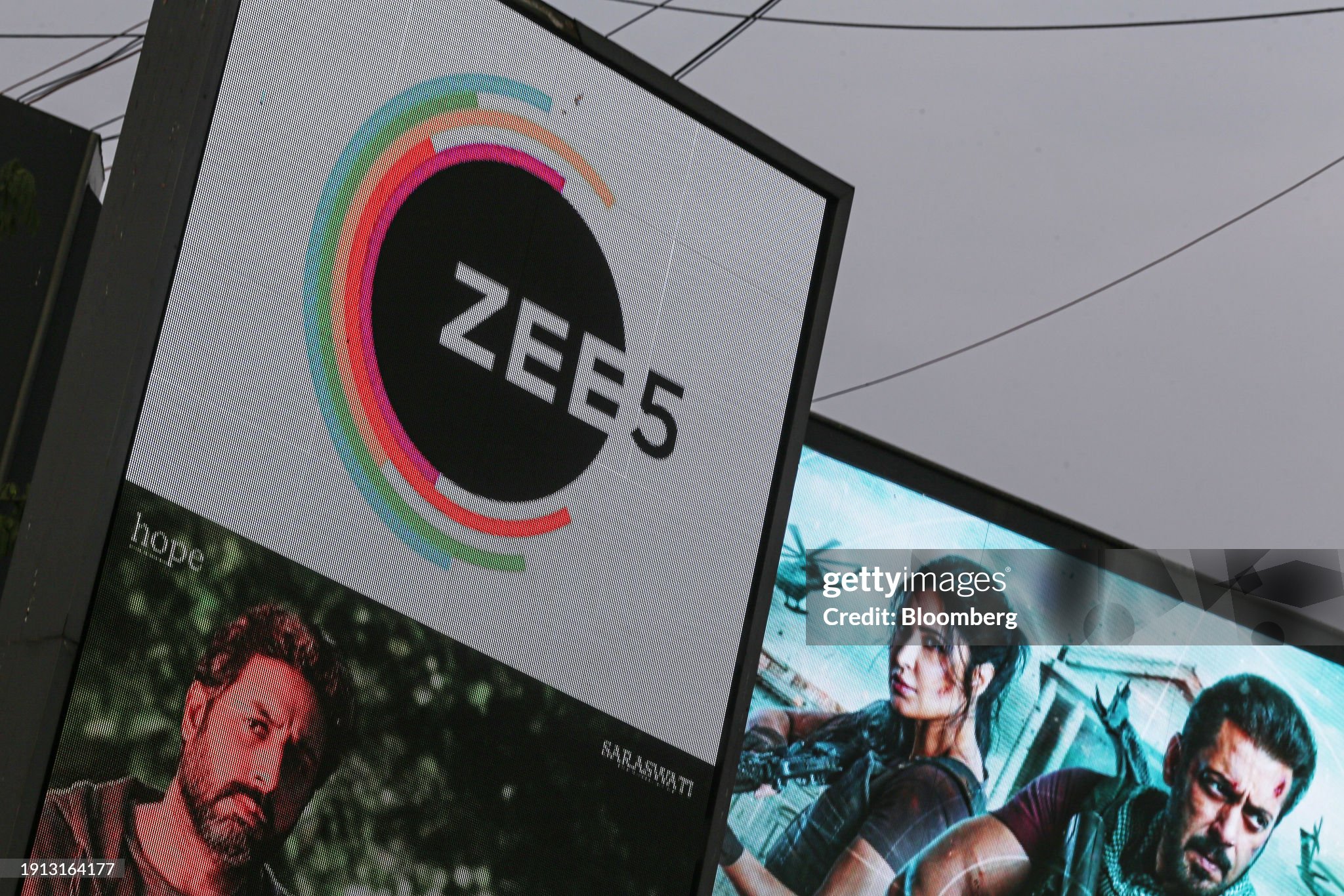Changing Faces of Media and Entertainment: Trends to Watch in 2025. The media and entertainment industry is witnessing a transformation like never before as we approach 2025. These shifts, empowered by digital technology, artificial intelligence, and consumer-centric strategies, are not only shaping the future but rewriting the rules of engagement for audiences worldwide. From streaming platforms to immersive content experiences, here‘s a deep dive into the key trends that will dominate the media and entertainment landscape in 2025.
The rise of streaming and OTT platforms.
Streaming services and Over-the-Top (OTT) platforms continue to rise in disruption. As traditional cable TV continues to decline, the streaming giants like Netflix, Amazon Prime Video, and Disney+ are gaining more ground. These services have provided consumers with unprecedented flexibility in on-demand content. With algorithms that tailor recommendations to personal viewing habits, platforms like Netflix have created an ecosystem where viewers feel that every piece of content was chosen just for them.
Other local OTT players, like Hotstar in India and iQIYI in China, are also witnessing a significant upsurge. They have successfully attracted millions of loyal subscribers with their focus on local languages, cultures, and preferences. In turn, localization is making competition even more severe, as global players adapt to diverse regional tastes to capture the maximum market share.

Interactive Content and New Formats
Interactive content is also becoming the new trend. Think of Netflix‘s “Bandersnatch.” Here, the viewer in one way or the other influences the storyline. The sort of content where the audience interacts with the narrative will become more prevalent and usher in a new content consumption age.
eSports Broadcasting: A Growing Powerhouse
eSports is not a niche anymore. Expected audiences will hit 577.2 million by 2024; Twitch and YouTube Gaming will hog the center. Mobile gaming along with increasing poplar for mobile eSports in the Latin American as well as in Southeast Asia makes these markets core players in eSports broadcasting across the world.
Professionalization of eSports
It is evident by the level of production that is so high in quality that eSports can be viewed with real-time statistics, camera angles, and expert commentary. The trend will continue, bringing eSports to traditional broadcasting networks like ESPN and NBC, further solidifying its position in global sports entertainment.

Immersive Technologies: AR, VR, and the Metaverse
The latest technological advancements of AR, VR, and the Metaverse will soon change how people experience entertainment. Niantic has already pioneered this kind of entertainment by combining the real world with a virtual one with its Pokémon GO. Walt Disney will take this VR to another level by taking the public through virtual theme park tours. Interoperable digital worlds are now also being offered in the form of social, immersive experiences by platforms like Meta’s Horizon Worlds and Roblox.
The convergence of AR, VR, and the Metaverse will lead to a more participatory and immersive entertainment experience. Imagine attending a virtual concert or a movie premiere without leaving your home. As entertainment giants invest heavily in these technologies, the way audiences interact with media will be revolutionized.
AI and Big Data: Personalizing Content Like Never Before
With artificial intelligence and big data, the next innovation in personalized media is on its way. Platforms like Hulu and Netflix track consumers’ behavior to suggest content relevant to them, thereby enabling people to spend more time viewing and less in search. Personalization means going beyond recommendations for content, affecting models of subscription, pricing strategies, and even how content is created.
Predictive Algorithms
AI will continue to advance, with predictive algorithms that will predict what the viewer wants to watch before they even know. By using big data, the platforms will give even more tailored experiences that meet individual tastes, setting the stage for unparalleled audience engagement.
NFTs: The Future of Digital Ownership
Blockchain technology and NFTs are going to be a huge impact in the media and entertainment sector. NFTs provide a unique way of establishing digital ownership, allowing fans to buy, sell, and trade virtual art, collectibles, and even event tickets securely. Major film studios are already exploring NFT integrations for virtual events and premieres, while artists and content creators are tapping into the potential for monetizing their work in the digital world.
NFTs in Ticketing and Collectibles
NFTs are changing the ticketing landscape by providing extra perks such as VIP entry, exclusive content, and resellability. Beyond events, NFTs are also transforming the collectibles market, where digital art and memorabilia carry significant value, as seen in the sale of iconic pieces like the first tweet by Jack Dorsey.
Gamification and Interactive Content: Engaging Audiences Like Never Before
Interactive content is not just a buzzword; it is the future of audience engagement. G amification — the integration of game elements in real-life activities, such as points, badges, and leaderboards — is transforming how brands communicate with their audience. Cases in point are companies like Nike and Duolingo, which use gamification to increase user involvement and make experiences unforgettable.
Community Creation Using Interactivity
Interactive content, such as quizzes, polls, and AR features, is on the rise and increases customer experiences and community building. For instance, IKEA‘s AR app enables users to virtually place furniture in their homes, making for a unique, personalized shopping experience. When social sharing features are integrated, gamified content is fast becoming a potent tool for building loyalty and long-term relationships.
Social Media‘s Dominance in Content Distribution
Social media platforms like Instagram, TikTok, and YouTube continue to dominate as major content distribution ecosystems. These platforms aren’t just for communication anymore; they’ve evolved into dynamic spaces where content is created, shared, and monetized. The shift toward short-form video content, particularly on TikTok and Instagram Reels, highlights the changing preferences of younger demographics.
Influencer Partnerships as Key Growth Drivers
Influencer marketing has become the most powerful channel for reaching very specific, active communities. Influencers can therefore help brands benefit from the influence and authenticity which these digital influencers have built in the minds of their followers in amplifying content reach exponentially.
Going Green: Sustainability in Media and Entertainment
Media and entertainment have now focused on sustainability as a result of consumer demand for greener practices and environmental concerns. Companies like Sky and the BBC are now setting ambitious sustainability targets, and the industry is increasingly turning to AI-powered energy management and low-carbon technologies to reduce its environmental footprint.
Sustainable Production
Sustainability isn‘t just a moral imperative, but it is also a sound business decision. New technologies, like low-power 5G and renewable energy, are helping manufacturing companies cut costs on their operational expenses while reducing their environmental footprint. As the industry continues its march toward more sustainable practices, it is both good for the planet and marketable to a growing green-conscious audience.
What‘s in Store for 2025 and Beyond
As we march into 2025, this industry of media and entertainment continues to be the pace setter with great momentum in such sectors as streaming platforms, immersive content, and social media platforms that create such personal experiences for audiences. A successful company must listen and try to understand and guess the needs of the audiences in this new landscape. The more people spend time using the media, the more importance it will place on having tailored, engaging, and unique experiences for the consumer in order to lead ahead of competitors.
When everything in the business world says that “if you’re not keeping them entertained, you’re losing their attention,” innovation and response are no choice but a compulsion. Whichever you be — content creators, tech innovators, or marketers of a brand — the entertainment future is personalized, engaging, and immersive across a global changing audience.
Read More: Squid Game Season 2 Finale: A Thrilling But Flawed Conclusion to a Gripping Story